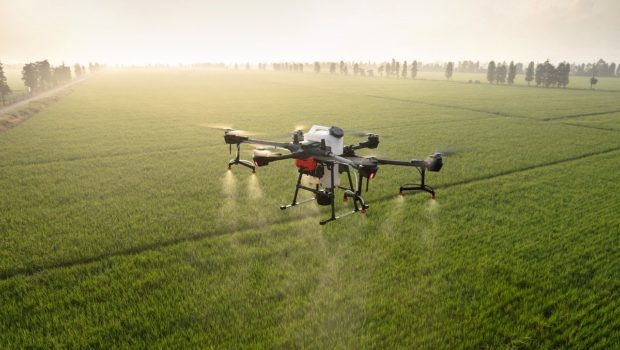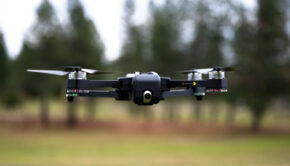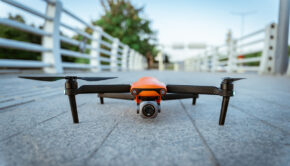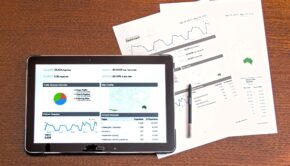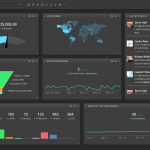The 5 Peaceful Ways That Drones Are Being Used Everyday
Drones haven’t always had a stellar reputation, especially since they became a tool of war. The ability of countries to deploy their military might, without endangering their pilots, has given a disproportionate advantage to those that own bomber drones. Yet, war drones represent only a small part of what drones are used for.
The overwhelming instances of drone use are more peaceful and productive. Today’s drones are faster, lighter, more sophisticated, flying further and, as droneforbeginners.com points out, even available in the foldable form. Here are five peaceful ways drones are being deployed.
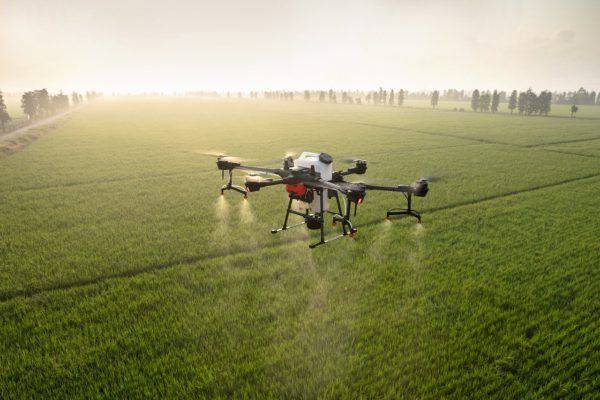
Using Drones – Source: Pixabay.com
Agriculture
Humans have engaged in agriculture for millennia. Farming can, however, be an intensely laborious means of earning a livelihood. Large scale farming is especially difficult without mechanization and automation. In the largest ranches, farmers have to traverse vast distances to monitor livestock and crops.
According to Talos Drones, they are increasingly being used to examine crops, inspect livestock, look for early signs of disease and apply fertilizer, herbicide, and other farm chemicals. DJI Agras T16 saves farmers the gas they’d otherwise require to move around their ranch. And because drones don’t have to navigate the muddy roads and rugged terrain, they can get to their destination fast.
Severe Weather Investigation
Scientists are constantly investigating and probing severe weather events. Nevertheless, severe weather events are called ‘severe’ for a reason—they are a threat to human life. So scientists have to temper their curiosity with concerns over their own safety. Drones have been a godsend in this regard.
Given the scale of severe weather events, it’s not surprising that NASA has been at the forefront in developing drone-based weather monitoring systems. For example, in 2013, NASA started to use Global Hawk drones to better understand why some hurricanes are ferocious while others fade away without causing much damage. The drones fly at an altitude as high as 60,000 feet and capture data around storm intensity, cloud structure, layered temperatures, and atmospheric conditions.
Disaster Management
Drones may help with weather investigation, but they also find application in the aftermath of hurricanes and other disasters. Once a large scale catastrophic event occurs, speed is of the essence to save lives and minimize impact. Immediately after the disaster, authorities must perform a quick but comprehensive assessment of the damage, determine the number of affected persons, and find out the safest exit/entry routes.
Drones are a fast and inexpensive means of collecting this information over a wide area. Fitted with photo, video, and infrared cameras, they can guide search and rescue missions. Drones can help emergency responders establish where would be the nearest, accessible, safe area to set up a temporary shelter for the affected.
Wildlife Management
Scientists, wildlife enthusiasts, and natural resource agencies will often want to track individual animals or larger packs of wildlife to study their behavior. Drones equipped with GPS and cameras are changing how wildlife tracking is accomplished.
Without drone technology, scientists were reduced to driving and hiking across forests, bushland, swamps, and mountains while hauling expensive unwieldy gear. All the while, the noise their movement made could disturb the very wildlife they were trying so hard to see.
Drones have made it possible for wildlife researchers and administrators to overfly difficult terrain and observe animals from a distance, thus minimizing disturbance. Drones are also being used to combat poaching by monitoring areas where the threat of illegal hunting looms large.
Professional and Amateur Photography
Drones have revolutionized photography and opened up new possibilities that were either too difficult or too expensive to realize before. They are affordable and can be tweaked for use in a wide range of photography projects. Many drones include a mounting kit that allows you to attach a camera to the underside.
Drones can sweep down and fly in motions that capture videos and photos of objects from breathtaking angles. In the past, these angles were only within reach of photographers who had access to helicopters or giant lifts. Even then, these large pieces of equipment didn’t enjoy the versatility, dynamism, and maneuverability that drones do.
Drones are already affecting everyday life in numerous ways. If the current use is anything to go by, that’s only bound to increase well into the foreseeable future.

